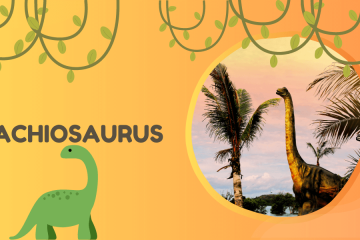What kind of animal are Knuckles? We’ll talk about Knuckles the Echidna, Sonic the Hedgehog’s friend, enemy, and occasional helper. In this article, we will dive deep into the type of animal Knuckles is, let’s jump to it.
Who is Knuckles?
Knuckles the Echidna is a fictional character in Sega’s Sonic the Hedgehog series. He is a red anthropomorphic echidna who is the Guardian of the Floating Island and its Master Emerald, which he protects from anyone who would misuse it. He was created by Takashi Yuda and designed by Naoto Ohshima.
What Kind of Animal is Knuckles?
Knuckles is an echidna. Echidnas are the only surviving monotremes, an order of egg-laying mammals that are similar to marsupials.
Monotremes have many unusual adaptations for living in Australia’s harsh climate, such as having a short snout with a sticky tongue to catch ants and termites and being able to survive long periods without water.
Echidnas are unusual, They also have sharp claws on their forelimbs used for digging burrows.
Where do echidnas live?
Echidnas are found in Australia and New Guinea. They can be found in a variety of environments, including forests, grasslands, and deserts.
What Do Echidnas Eat?
Echidnas are carnivorous, meaning they eat meat. They mainly eat ants and termites but have been known to eat frogs, small birds, and even small non-venom snakes when there’s nothing else available.
Echidnas prefer termites and ants since they don’t have teeth and are forced to use their long sticky tongue instead. Echidnas have a very long, sticky tongue that can reach up to 15 cm in length!
They stick their tongues out and use it like a straw to suck up ants and termites from their nests. The echidna’s body temperature is quite low compared to other mammals, which means they don’t need as much energy for digestion or bodily functions.
This helps them conserve water during dry periods.
Is an echidna poisonous?
No, Echidnas are not poisonous and rely on the spiked quills on their back to protect them from predators. The echidna’s spines are not toxic, but they can be extremely painful if you get poked by one.
Interesting Echidna Facts
Echidnas Lay Eggs:
The echidna is the only living member of Monotremata, the order that includes the platypus and the duck-billed platypus. The echidna and its close relatives are the only mammals that lay eggs instead of giving live birth to their young.
Echidnas have toothless jaws:
Unlike other mammals, echidnas do not have teeth in their mouths as they have a very special tongue called a snout.
This snout has two parts one part is covered with small spikes while the other part is fleshy and spongy. The fleshy part of their snout helps them to suck up ants and termites from inside their burrows underground!
Second Lowest Temperature:
Their body temperature is the second lowest out of all mammals: Echidnas have a low body temperature which ranges between 30°C and 33°C (86°F – 91°F). This is because they do not have a lot of fat in their bodies and they do not need a high body temperature to survive.
Long Tongue:
Echidnas have on of the longest tongues out of all mammals: Their tongue can be up to 15cm (5.9 inches) long! This helps them to reach deep into ants’ nests so that they can eat all the ants inside without getting stung by them.
7 Weeks Pouch:
After they are born, echidna joeys stay in their mothers’ pouches for 7 weeks. This is a long time for a baby mammal as most only stay in their mother’s pouches for around one week.
https://en.wikipedia.org/wiki/Short-beaked_echidna.
https://www.animalfactsencyclopedia.com/Echidna-facts.html
https://www.environment.sa.gov.au/goodliving/posts/2019/01/echidna-facts

Lydia King is a huge animal lover and has always been fascinated with learning about the animal kingdom. She enjoys writing about anything animal related from scientific information about rare species to animal references in pop culture.












